Seeing drawings as a form of sutra copying
As we are about to visit the 75th temple, Zentsu-ji, we encounter a man dropping to his knees in disappointment at the sign that read, “Kata-pan Urikire (Sold Out of Hard Bread).” When we approach him to offer some encouragement, we realize it’s none other than Masanao Hirayama (HIMAA), an artist renowned both in Japan and abroad.
Zentsu-ji is the birthplace of Kukai, and along with Koyasan Kongōbu-ji in Wakayama and Tō-ji in Kyoto, is recognized as one of the three major sacred sites associated with Kukai. To the world, it is the first main temple of the Shingon sect, but for Hirayama-san, it’s a place filled with childhood memories of time with his grandfather.
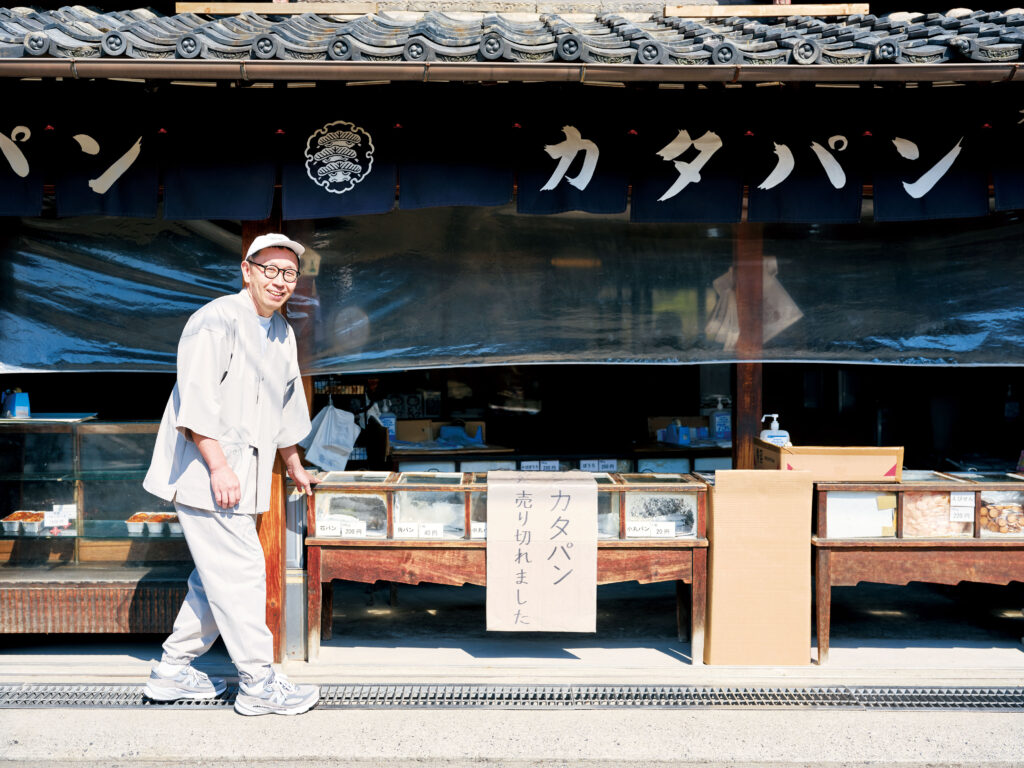
“After my grandfather retired,” Hirayama-san explains, “he worked at the temple lodging of Zentsu-ji. Apparently he did calligraphy work and was also a driver for the head priest. Since I often returned from my home in Kobe for New Year’s and Obon holidays, the temple was always crowded.”
Hirayama-san’s own illustrations and drawings were influenced by his grandfather’s calligraphy, which was the basis of his second career for over a decade. About two or three years ago, Hirayama-san began a series that mirrors his grandfather’s work, repeatedly drawing images from existing references as if he were doing “shakyō”, or copying sutras, a traditional meditative practice and form of training.
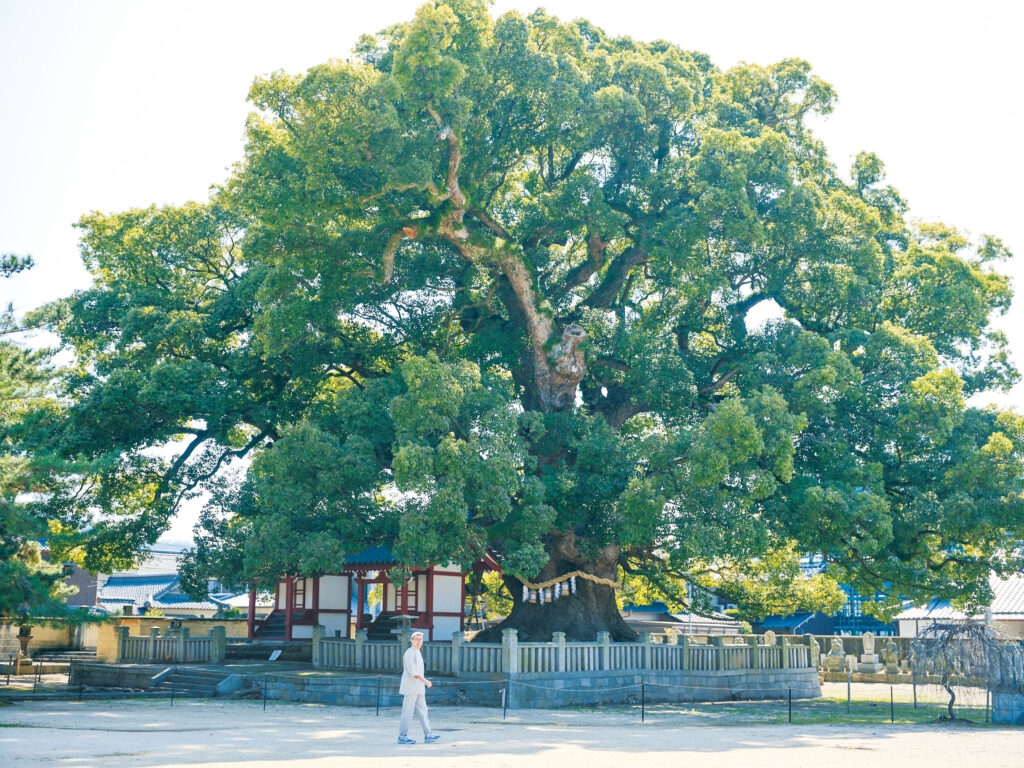
“Henri Matisse, the famous French modernist painter, once moved from Paris to Nice on the Mediterranean coast. It brought a change to his style, making it as gentle as the climate of southern France. After visiting Nice myself, I started to interpret Matisse’s words as scripture, I realized that his work could also be seen as a form of shakyō. That’s how it started. I selected intriguing phrases of Matisse from a booklet I found at the shop in the Chapelle du Rosaire and started drawing them.”
Hirayama-san’s humorous works have often seemed abstract and disconnected from his personal life. However, in recent years, he appears to have developed an interest in creating art inspired by everyday life. His move to Kagawa Prefecture is likely connected to this shift. We ask him to show us around the place he now calls home.
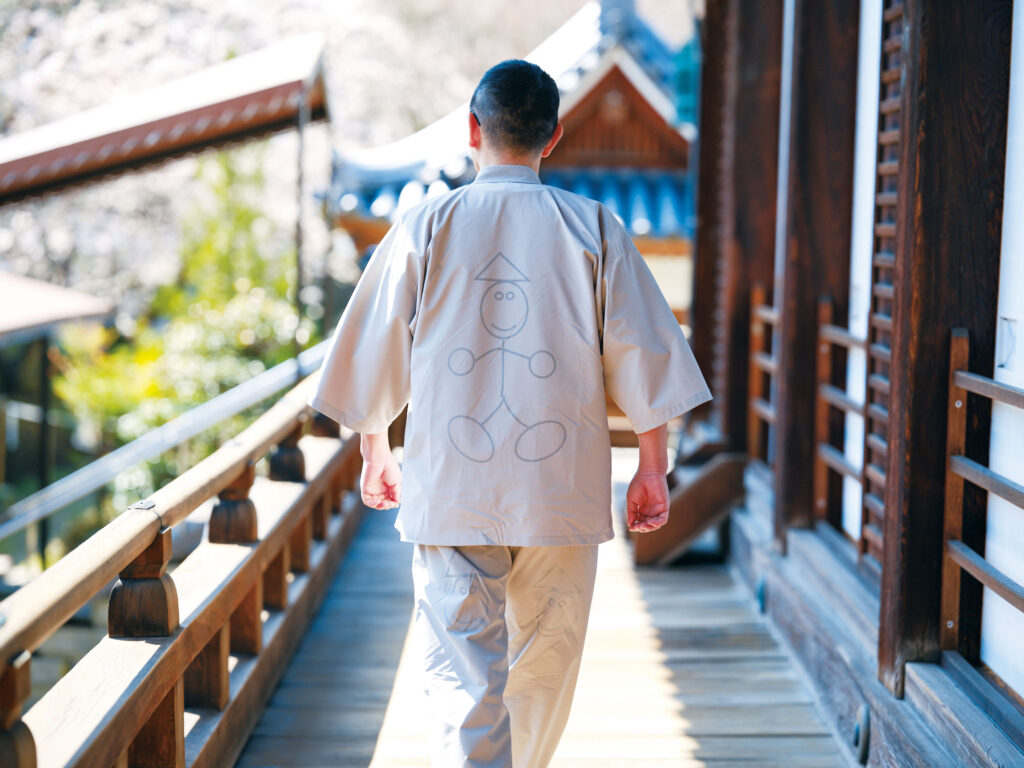
Udon, Cafes, and Bars…”Umai!”
You can get a proper bowl of udon — a staple of Kagawa Prefecture — to slurp up near Zentsu-ji. One well-known spot that boasts a rich aroma of Seto Inland Sea sardines is Miyagawa Seimenjo.
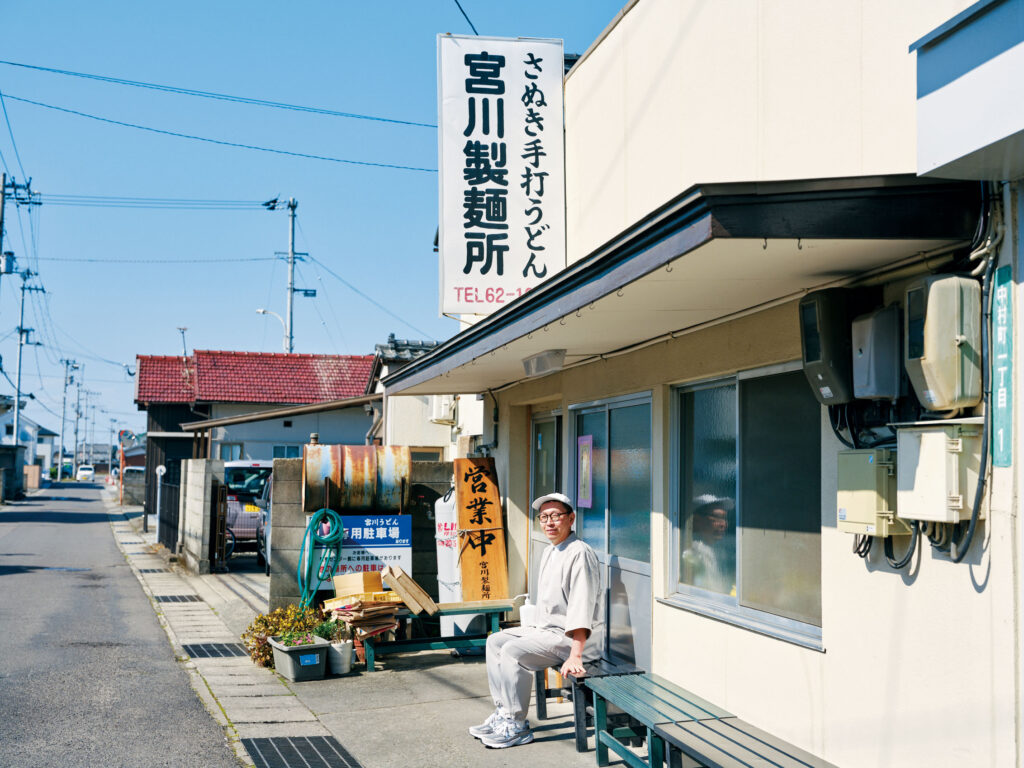
Slurp, slurp… “Mmm, delicious,” Hirayama-san murmurs in joy. “It’s different from the udon shops in the city. This traditional noodle shop lets you boil your own noodles and pour your own broth. Sometimes I also go to Matsushita Seimenjo in Takamatsu City. Nowadays, most places offer udon with a firm texture, but here the noodles are softer. Old-school flavors like this are delicious too, don’t you think?”
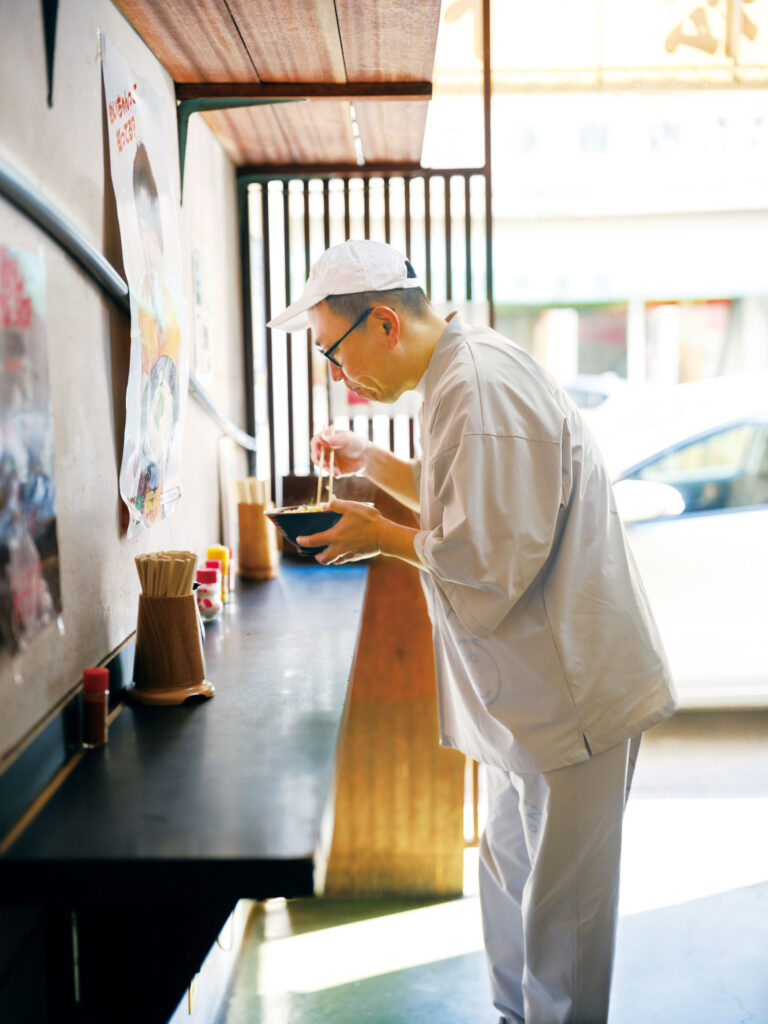
DORSIA TAKAMATSU just opened in April 2024 near Kawaramachi Station, the last station on the Kotoden, with Hirayama also involved in the project. The café is the second location of a popular Kobe coffee shop, run by Ryuma Fukuda, who was an underclassman of Hirayama-san during middle school. With a menu featuring classics like pudding and egg sandwiches, reminiscent of traditional Japanese coffee shops, it’s already generating quite the buzz.
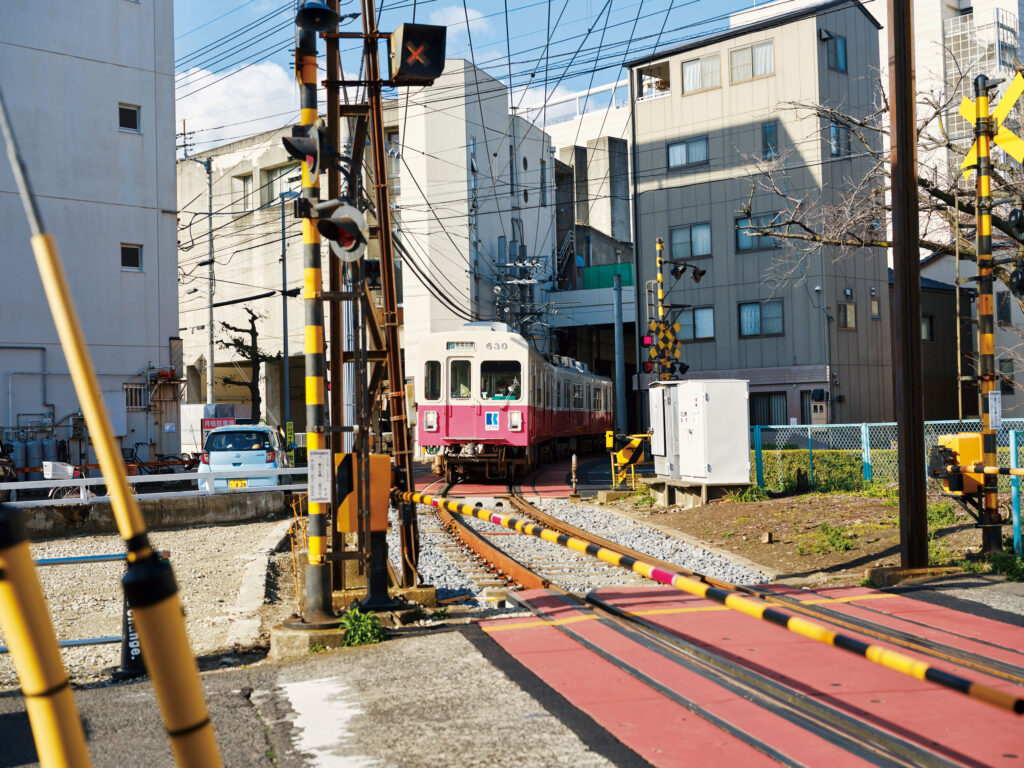
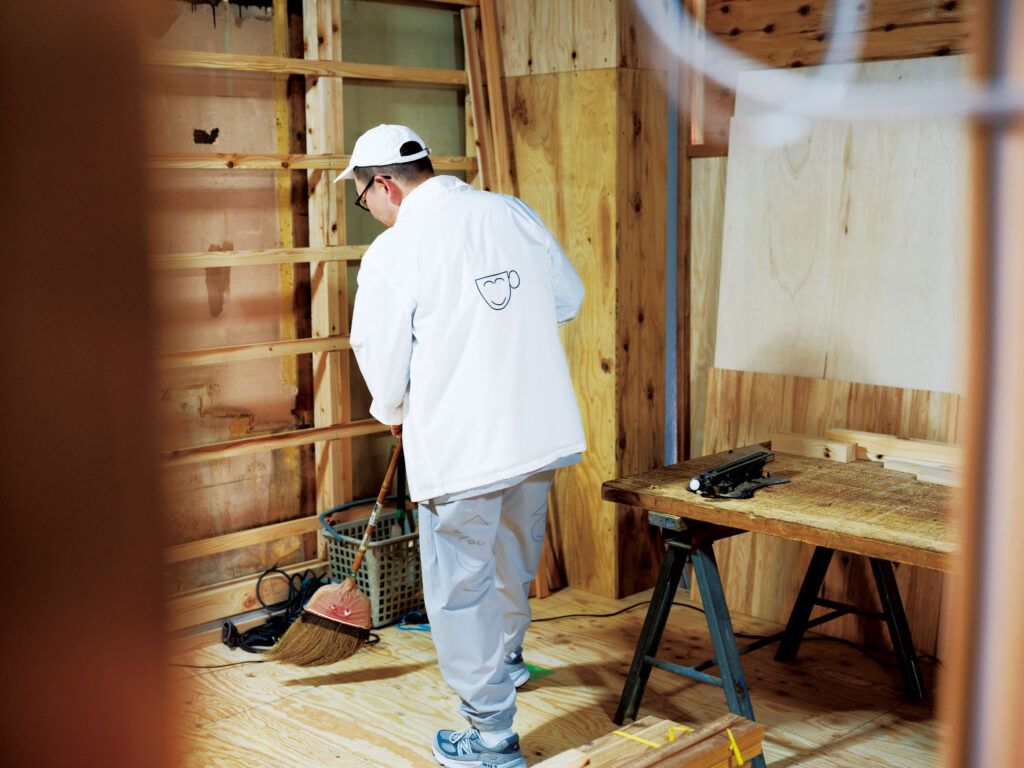
Nearby is the hidden bar Lafushinpo. It’s an authentic spot that has remained unchanged since the Showa era.
“Takamatsu is just urban enough, with a relaxed vibe thanks to how close it is to the sea. You can get anywhere by bike. I’d love to explore more of the area in my daily life and perhaps incorporate that into my work.”
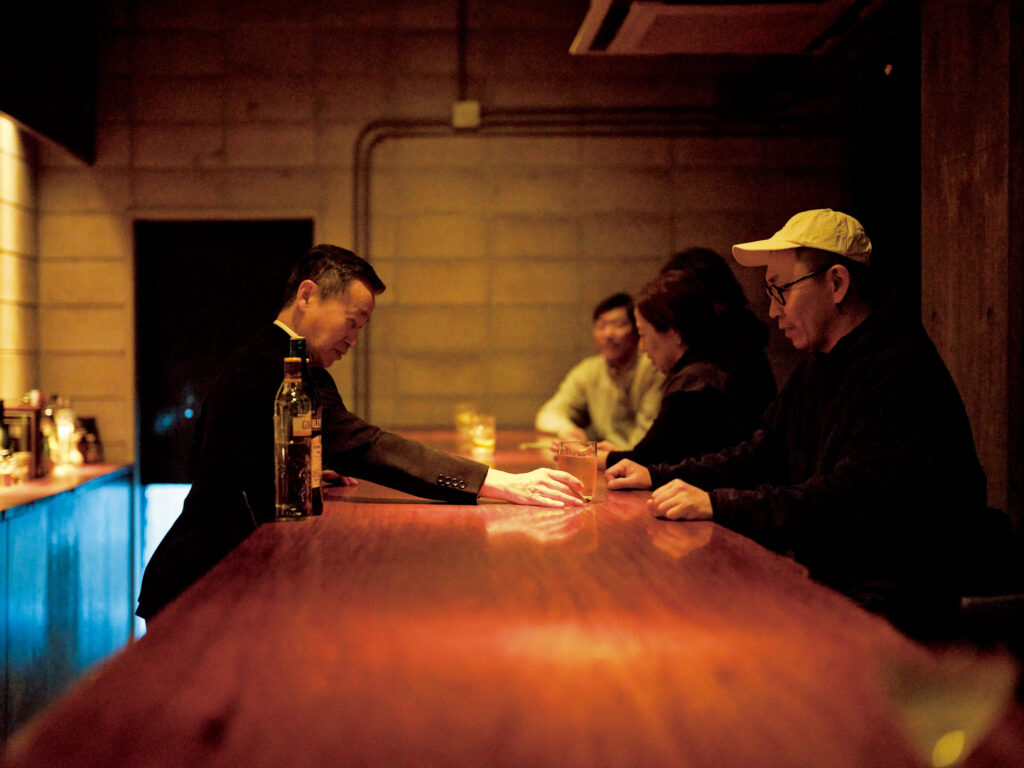
KAGAWA Guide
Zentsu-ji Temple
3-chōme-3-1 Zentsūjichō, Zentsuji City, Kagawa
TEL:0877-62-0111
Miyagawa Seimenjo
1-chōme-1-20 Nakamurachō, Zentsuji City, Kagawa
TEL:0877-62-1229
Matsushita Seimenjo
2-2 Nakanochō, Takamatsu City, Kagawa
TEL:087-831-6279
DORSIA TAKAMATSU
2-chōme-1-16 Shiogamichō, Takamatsu City, Kagawa
Lafushinpo
12−10 Fukudamachi, Takamatsu City, Kagawa
TEL:087-821-9089
Masanao Hirayama / HIMAA
Born in 1976, Masanao Hirayama lives in Kagawa Prefecture. Also known as “HIMAA,” he is an artist renowned for his doodle-like, humorous drawings, paintings, and performances. In May 2024, he will hold a solo exhibition titled “NICE” (like the city, not the adjective) at YVON LAMBERT in Paris, France.











